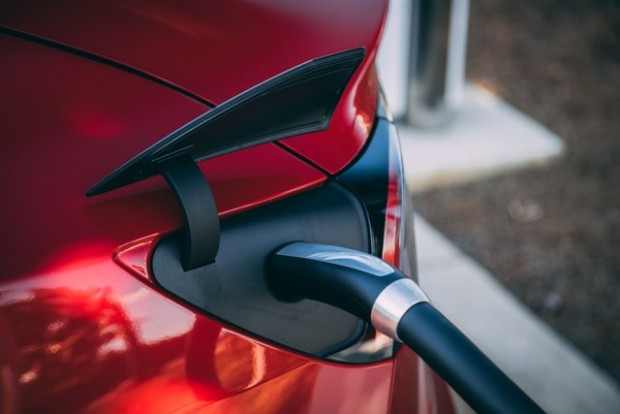The Future of Electric Vehicles: Battery Innovation & Infrastructure
In 2019, approximately 1.5 million electric vehicles were driven in the United States. While a drop in EV sales is expected this year due to the global pandemic, researchers still continue to innovate and improve on the quality of electric vehicles. Cities continue to allocate budgets for the necessary infrastructure. Because of its lower carbon emission, it is no wonder that so much support is given to the electrification of transport. And despite COVID-19, it looks like the 2020s is the decade of electric vehicles.
Charging Infrastructure
Innovations in electric vehicle batteries rising comes the need for charging infrastructure. In 2018, an estimated total of 5.2 million charging stations was built across the globe, according to the International Energy Agency. This is a 44% jump from 2017.
In the U.S., 35 states are using the full 15% allocation of their Volkswagen Settlement for EV charging infrastructure, based on the National Governors Association. Many cities are passing ordinances to require both residential and commercial properties to allocate space for charging stations. Electric utility companies are also called to invest in electric vehicle models and charging stations.
Lithium-Ion Battery Innovation
Tesla's Advanced Battery Research division at the University of Dalhousie has recently developed a hybrid Lithium-Ion battery to extend an EV range. For an extended range, normally, a battery-operated car would need a gas engine to recharge the battery. The BMW i3 Rex is the perfect example of this. Its battery can run 126 miles (203 km.) but can be extended by up to 200 miles (320 km.) with a combustion engine.
Jeff Dahn and his team hope to recreate this range extension without a combustion engine. To achieve this all-electric vehicle range extension, they replaced the graphite anode found in Lithium-ion cells with lithium metal. Their studies revealed that while this improved energy density, it dramatically shortens the cell lifetime.
Electric Vehicles To Withstand Time
To achieve both higher energy density and a longer cell lifetime, they continue to study the effect of using the same hybrid battery while plating lithium metal on graphite. A lithium plating would normally deteriorate the overall performance of Lithium-ion cells. However, they discovered that having a dual-salt electrolyte in graphite could reverse these effects. In addition, doing this will also extend the use of Lithium-ion batteries just by charging lithium in full every now and then.
Apart from longer battery use, a hybrid battery can also extend the distance to 480 km. when compared to the 400 km. Using this hybrid battery will also require 25% less energy density to achieve this. Even at its research and development stage, this hybrid Lithium-ion battery appears to be very promising but it will require more tests before it is commercialized.
While the challenge from the global pandemic may temporarily stall the electrification of transport, the powerful vision of having a greener environment remains. With innovations in Lithium-ion batteries ongoing and global government support for charging infrastructure continuously being proposed, the electrification of transportation and its transition may appear sooner than later.
See Now: NASA's Juno Spacecraft's Rendezvous With Jupiter's Mammoth Cyclone





Join the Conversation